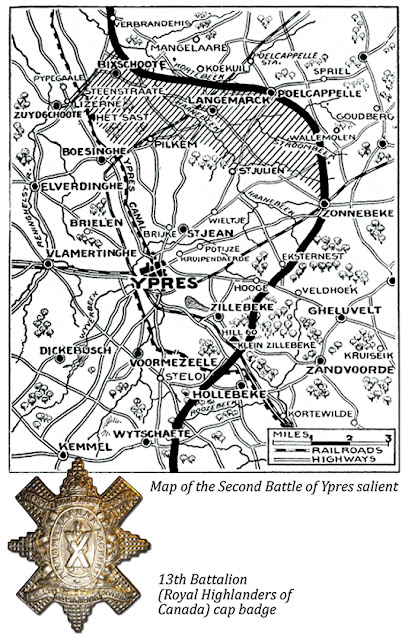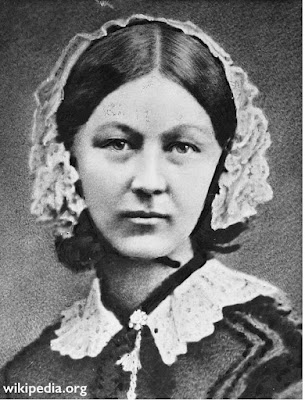Remembrance Never To Be Forgotten

November marks the centennial anniversary of the guns on the Western Front, falling silent. The impression of the First World War are often tinged with shades of brown, from the sepia tint of old photographs and the flickering films, which were marking major achievements during the conflict such as the First Day of the Battle of the Somme, 1st July 1916, but also images of seemingly inescapable mud. Looking at the weather records, I tried to establish what kind of day it was on 11 th November, 1918. It was a cool and wet autumn, where rain had swept across the UK and northern Europe, which obviously affected military operations. There is a wide interest in the state of the weather with the British public, on whether one should take a coat or umbrella and it seems that in Swansea it always rains! Weather reports date back to 1766, when the England and Wales Precipitation Series were first published. Back to remembrance. Swansea certainly does have some ve





